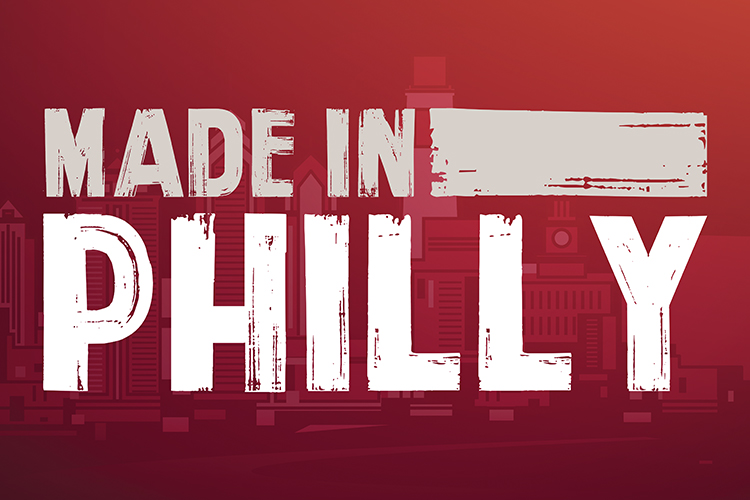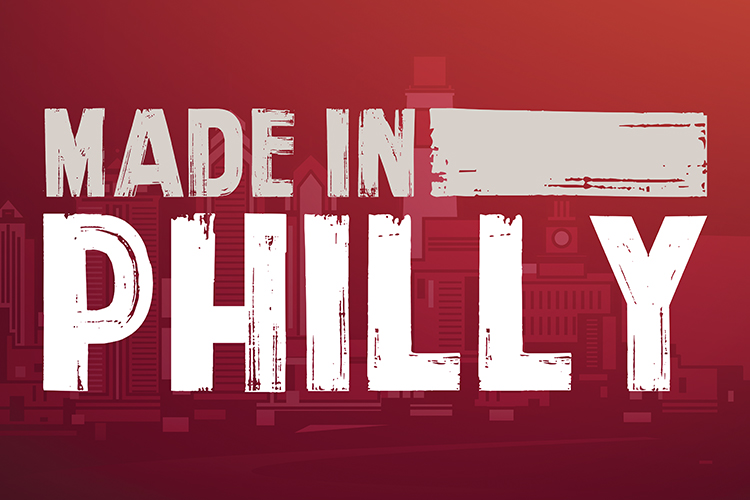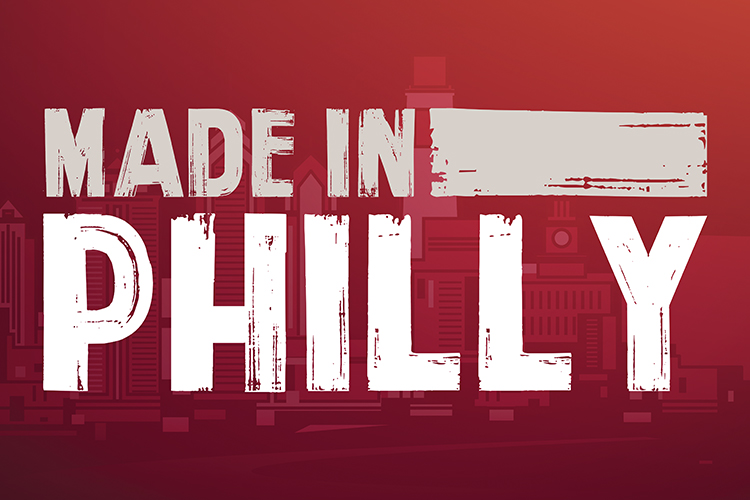While the country has been recovering from the crash in 2008 and sectors such as renewable energy and technology have been making strides, there is one sector that may not yet have seen the bottom of its losses: print media.
All over the country, newspapers have been shuttered and alternative weeklies have either disappeared (we miss you, City Paper) or become a shadow of their former selves (Philadelphia Weekly, we wish you the best). Gone, too, in other cities are the Boston Phoenix and the iconic Village Voice, casualties of the same online revolution that left the music industry in tatters. Even upstart micro-newspapers that were serving their neighborhoods well have fallen by the wayside (it was a valiant effort, Spirit News).
There are soldiers left standing, and that’s heartening, but what does it say when a huge newspaper such as The Washington Post feels the need to change its tagline to “Democracy Dies in Darkness” in order to claim and name the era that we’re living in? The Philadelphia Inquirer is still hanging on despite major layoffs, and is still capable of some truly important investigative journalism: The recent piece on lead in Fishtown and Kensington is a perfect example of why our society requires good journalism to function properly and act as a check on the system. (You can cry “fake news” all you want, but when a reporter tells you your kid might get poisoned, we’re betting you’re going to take notice and set your politics aside.) Al Día and the Philadelphia Tribune are also holding out, trying to make sure that our majority-minority city is well served with its news publications.
But out of all that shrinkage and carnage, there is some light, even if it’s the light of a phone screen.
Some of the sites trying to make it are focused on one subject area: PlanPhilly, which started out at the University of Pennsylvania and is now housed at WHYY, our powerhouse public radio station, is a great source for news that affects Philadelphians at a neighborhood level. Technically Media has been holding down reporting on the Philadelphia tech scene and branching out into other cities, and Broad Street Review and others have been trying to fill a gaping hole in arts and culture coverage. Others are trying to pinch hit just for the neighborhood: The hyper-local Passyunk Post is among them, vying for the attention of “newcomers” who aren’t interested in the old-school, still-in-print South Philly Review. (And on the print side, Spoke has been talking directly to the cycling community for longer than probably even the publishers thought they might.)
Other online-only publications are making waves, most prominently the team at Billy Penn, which fills our inbox every morning with meat-and-potatoes journalism about corrupt politicians as well as lighter stories that we’re just as interested in. (Parking wars are always going to be compelling, no matter what, as are dumpster pools.) PhillyVoice is still finding its voice, and the nonprofit Philadelphia Citizen is still finding its audience, but all three are contributing to an ecosystem in which important stories vastly outstrip the number of journalists and news organizations that can tell them.
Chain publishers have also given us a boost on Philly coverage: The Metro, a daily broadsheet, has its place, as does Edible Philly, a high-end free quarterly for foodies. And Philadelphia-based Metrocorp, which owns Philadelphia Magazine—it also publishes titles in Boston—does not appear to be going anywhere, despite Philly’s love-to-hate-it relationship with its titular, titillating publication.
And what about the stories that need to get told, no matter what? Philadelphia is lucky to have grassroots groups such as Scribe Video Center and the fantastic PhillyCAM that enable members to share equipment, information and personnel to make their own media.
(We hear that there is also a free monthly publication called Grid that has published 100 issues and is looking at 100 more, but we’ll need to confirm with our sources.)
Independent media: made in Philly.
__________
“With the seemingly endless barrage of jaw-dropping, head-spinning news spilling out of Washington and elsewhere around the country, it’s easy for ordinary folks to feel helpless and overwhelmed. The Philadelphia Citizen’s mission is to push back against that feeling by offering tangible, practical ways for our readers to get involved and become dynamic players in the stories that are reshaping society, and to truly become, in a word, citizens.” —Ajay Raju, Founder, The Philadelphia Citizen












I started to love Grid when it was available free at the West Chester University library. When I left WCU, I realized that I loved Grid enough to pay for it! Now it comes to me, (but I still go to the library 📚)